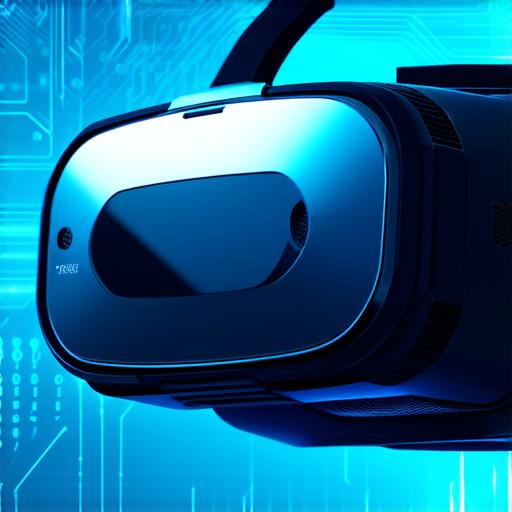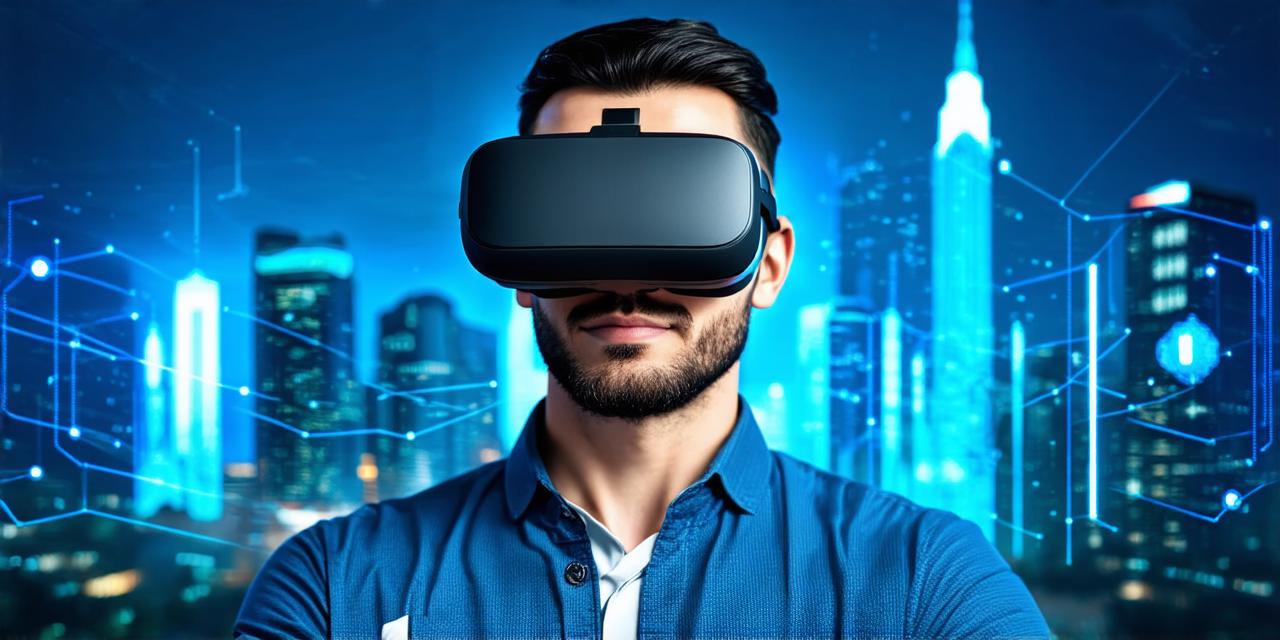Virtual reality (VR) refers to a computer-generated simulated environment that allows users to experience and interact with three-dimensional (3D) objects as if they were real. It is a rapidly growing technology that has various applications, including gaming, education, healthcare, and more. In this article, we will explore the concept of virtual reality, its history, and how it functions.
History of Virtual Reality
The idea of creating an immersive and interactive environment dates back to the 1960s, when computer scientists Jaron Lanier and Ivan Sutherland developed the first VR headset called the “Sword of Damocles.” It was a bulky and expensive device that allowed users to look around in a virtual world. Over the years, technology has advanced, leading to more sophisticated and accessible VR devices.
How Virtual Reality Works
Virtual reality works by tracking the movements of the user’s head and body using sensors. This information is then used to adjust the image displayed in the VR headset, creating a realistic experience. There are two main types of VR technology: wired and wireless. Wired VR devices require a cable to connect the headset to a computer, while wireless devices use Bluetooth or Wi-Fi to communicate with the device.
Types of Virtual Reality
There are three main types of virtual reality:
-
Monoscopic VR: This type of VR displays only one image in each eye, creating a sense of depth and perspective. It is the least immersive type of VR and is typically used for gaming or simulation purposes.
-
Stereoscopic VR: This type of VR displays two images, one for each eye, creating a more realistic 3D image. It is commonly used in healthcare, education, and entertainment applications.
-
Omnidirectional VR: This type of VR displays a 360-degree view, allowing users to see in all directions. It is typically used for immersive experiences such as travel or real estate.
Advantages of Virtual Reality

Virtual reality has many advantages, including:
-
Immersion: VR provides a highly immersive experience that allows users to feel like they are in a different world.
-
Interactivity: Users can interact with objects and environments in a virtual world, making it an ideal tool for education and training.
-
Cost-effective: VR technology is becoming more affordable, making it accessible to a wider range of applications.
-
Reduced risk: Virtual reality allows users to experience dangerous situations without risking their safety, making it an ideal tool for healthcare and emergency response.
Summary
Virtual reality is a rapidly growing technology that has various applications in gaming, education, healthcare, and more. It works by tracking the movements of the user’s head and body using sensors, creating a realistic experience. There are three main types of VR, each with its own advantages and limitations. Virtual reality has many advantages, including immersion, interactivity, cost-effectiveness, and reduced risk. As technology continues to advance, virtual reality will become an increasingly important tool for businesses and individuals alike.
